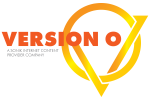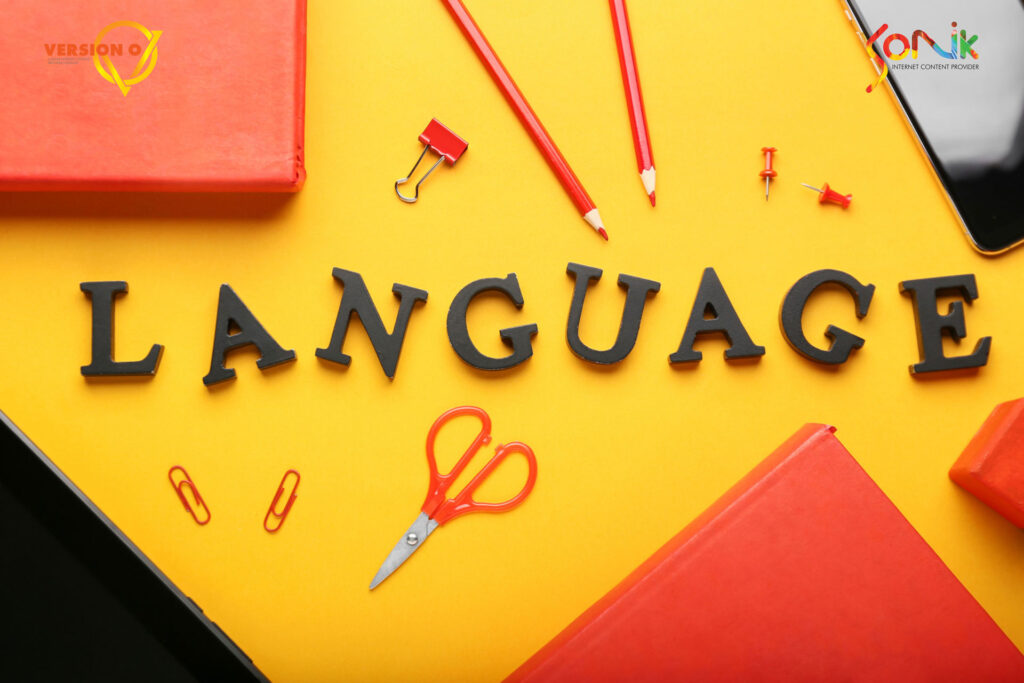If you’ve been following the discussions around how workplaces need to change for the better, you’ve definitely heard the terms diversity and inclusion a lot. Both are crucial if you want to create a dynamic workplace where employees work together to innovate, collaborate and navigate the business landscape to grow towards success.
To put things in perspective, a BCG study1 noted that companies with more diverse management have nearly 20% more revenue growth thanks to innovation. On the other hand, the PwC Women in Work 2019 – Insights from the MENA Region2 report revealed that companies across MENA lose nearly $600 billion annually due to ‘legal and social barriers’ for women to get access to employment.
Diversity and inclusion: What’s the difference?
Though they’re often used interchangeably, the two terms are not the same. The best way to explain the difference is to paraphrase something I was told by a friend:
Diversity means getting a place at the table. Inclusion is getting a voice at the table.
However, it’s important that hiring a diverse team and fostering inclusion shouldn’t become just another tick on the to-do list. These concepts should be embedded in the company culture – in the very words and language used on all the business collateral and in all internal and external communication.
The language of diversity and inclusion
In an office where you will be exposed to people of different genders, of different physical abilities and characteristics, hailing from a dozen different countries, it’s essential to use inclusive language. What does that mean? Using language that is free from terms, references and even tones that may reflect unconscious biases, stereotypes and prejudices.
Basically, avoid saying or writing anything that can make someone feel excluded from the collective narrative.
Here are 3 ways you can ensure that no one in your company feels insulted on the basis of their race, religion, physical ability or gender simply by using the right language.
1. Avoid descriptors – put the person first
It’s very common to identify people by their race, religion, marital status or physical characteristics, among other descriptors. However, all this only serves to emphasize that person’s difference rather than making them feel like a part of the team. So, consciously avoid such descriptors and try to address everyone equally, as individuals. Similarly, try and avoid gender-specific language as much as possible. (No, ‘guys’ is not gender-nonspecific.)
2. Use broad, inclusive examples
When we want to illustrate something to someone, we often give examples in the form of analogies or stories. This is another very common area where implicit bias shows up. Without meaning to, you may refer to a certain gender, nationality or religion in a way that is exclusionary and not positive. Therefore, whether you’re the CEO, a team lead, a manager or an intern, always ensure the message you’re giving out is inclusive.
3. Be aware of unintended ableism
We often tend to forget that not everyone is at the same level of mental and physical ability. Therefore, be conscious that you’re not saying or writing something that can be perceived as ableist. The ‘people first’ principle applies here too: a person’s disability or incapacity should not come before who they are as an individual.
Make a list of acceptable and unacceptable terms and euphemisms, and ensure every single employee knows what to say for certain terms or conditions. (As an example, ‘people of determination’ is the preferred term in the UAE when referring to individuals with special needs.)
There are loads more you could do to craft a more inclusive language for your workspace, but these three points are a great place to start. We’d love to hear your examples or thoughts on this, so make sure you leave comments or, if you prefer anonymity, you can get in touch with us here.
For more information:
1. https://www.bcg.com/en-us/publications/2018/how-diverse-leadership-teams-boost-innovation.aspx
2. https://www.pwc.com/m1/en/publications/women-in-work-index.html





